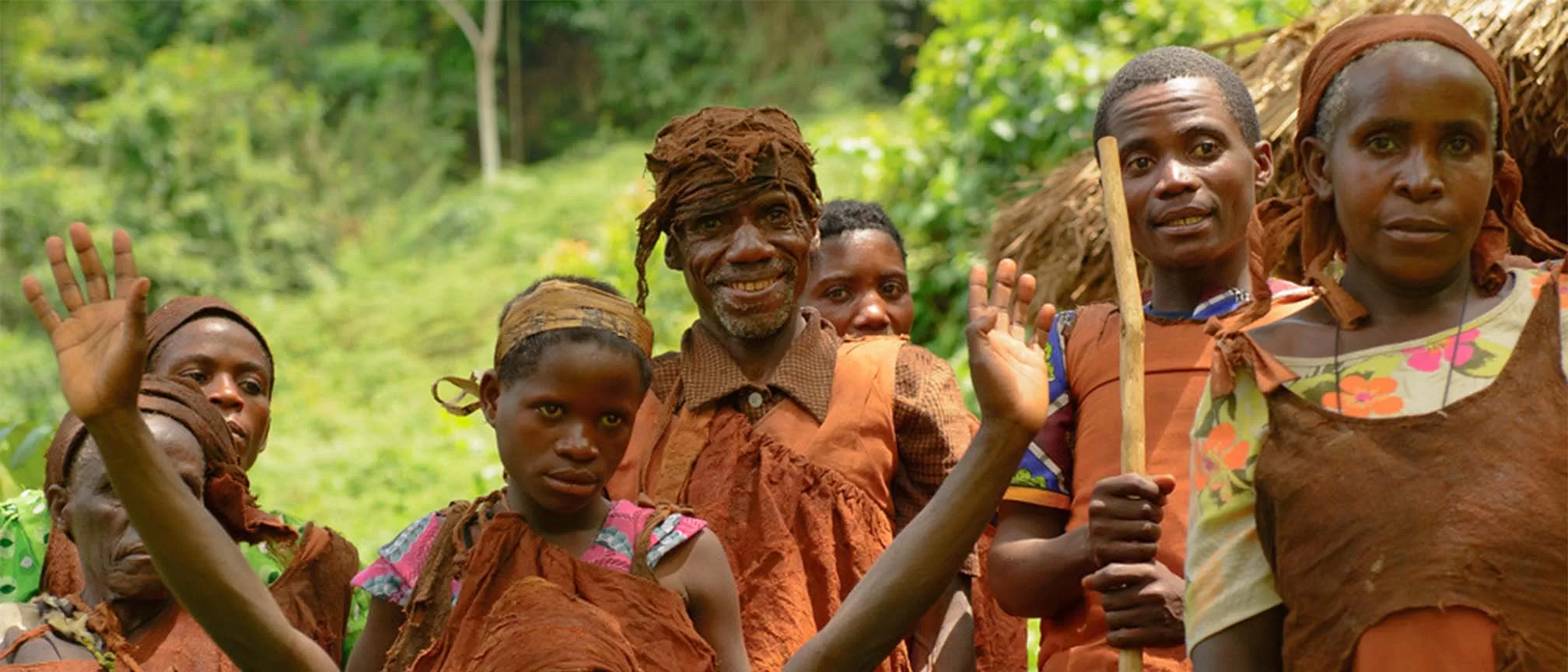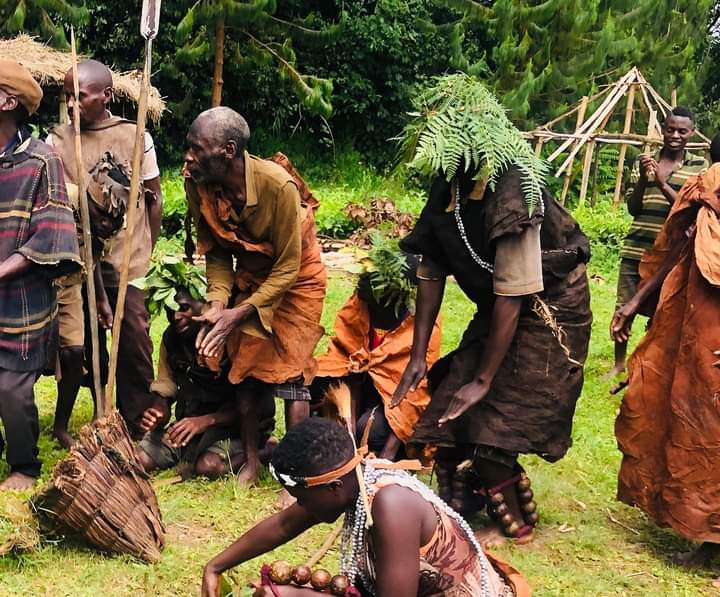Cultural Experiences in Uganda Uganda often referred to as the "Pearl of Africa" for its…

Batwa Cultural Experience In Semuliki National Park
Batwa Cultural Experience In Semuliki National Park
For thousands of years, an indigenous group of people known as the Batwa, or “pigmies,” have resided in the forests of central Africa. Primarily hunters, gatherers, and foragers, they have historically relied on the forest for their cultural activities, food, and shelter. The Batwa’s identity, way of life, and philosophy have all been influenced by their close affinity with the rest. The Batwa are traditionally linked to the Virunga Mountains and the Bwindi Impenetrable Forest in Uganda, although they are also found in the semuliki valley woodlands, where they have lived for thousands of years.
The Batwa see the forest as sacred, not just a place where they can survive. They have a deep understanding of the forest flora, animals and medicinal herbs since they consider it to be a spiritual place where their ancestors once lived. They are hunters, healers, and trackers.

A cultural trip called the Batwa trail leads tourists through semuliki national park’s woodlands. Batwa guides, who were originally from the community that inhabited in the jungle, lead this unique encounter. The Batwa guide offer an enlightening experience that vividly depicts the history of the forest and its inhabitants by sharing customs, knowledge and story telling that have passed down through the years.
Highlights of the Batwa Cultural Trail in Semuliki National Park
Traditional culture and heritage
Because of their small size, the Batwa people, who are renowned for their extraordinary survival skills, have been dubbed “pygmies”. In the past, they coexisted peacefully with the forest, using their profound understanding of the natural world to hunt, gather, and defend themselves. The Batwa used the forest for medicine, food, and shelter, integrating it into their way of life.
A glimpse into their traditional ways of living can be seen on the Batwa Trail. Visitors discover how the Batwa made tools out of wood, stone and bone and constructed shelters out of leaves and branches. Additionally, guides demonstrate how the Batwa employed medicinal plants, emphasizing those with therapeutic qualities.
Forest walks
The trail winds through Semuliki’s deep rainforest, which is home to a wide range of flora and fauna, and birds. The Batwa lead guests into the forest while sharing their vast knowledge of the plants and animals. The batwa describe the various medicinal plants they utilized for healing and how they fashioned instruments out of wood, stone, and bark from the forest. Additionally, they instruct guests in the old age art of tracking animals and recognizing their footprints, which has been handed down through the years.
As you trek through the forest, your Batwa guide will highlight key spots and explain how they used the forest to survive. You’ll see traditional hunting tools like traps and snares and hear stories about forest spirits and Batwa spiritual beliefs tied to the land.
Traditional music and dance
The batwa trail’s music and dances experience is among its most unforgettable features. Visitors are encouraged to participate in traditional Batwa songs and dances. Which are integral part of their culture, following the tour. The vibrant, rhythmic, and profoundly significant music of the Batwa is frequently used for spiritual connection, celebration, and healing.
Under the guidance of the Batwa people, visitors can participate in the dance and learn traditional movements. In addition to being a cultural performance, this is a chance to engage with the batwa in a festive and joyous manner while discovering more about their customs and worldviews.
Sites and spiritual practices
The batwa people place significant value on a number of holy sites and locations along the Batwa trail. These include locations where rituals were once performed to pay respect to the ancestors and woodland spirits. The guides provide tourists an insight into the spiritual rituals of the batwa by sharing stories about these locations and their cultural significance. These locations also serve as a reminder of the close ties that the batwa have to the area on which they used to travel freely.
Community empowerment
The Batwa Trail offers visitors a chance to learn about Batwa culture while providing vital income for Batwa communities. Managed by the Uganda Wildlife Authority and conservation groups, the trail ensures the Batwa benefit directly from tourism and their culture
By following the route, tourists encourage the Batwa’s adaptation to modern life, cultural preservation, and empowerment. Additionally, the route promotes sustainable development in the area by giving the Batwa guides and local resident’s jobs.

Cost of the Batwa experience in Semuliki National Park
The cost for the Batwa experience in Semuliki National Park is 10 USD for foreign nonresidents, 10 USD for foreign residents and 10,000 UGX for East African Citizens
Conclusion
More than just a trek through the jungle, the Batwa trail in Semuliki National Park provides an exploration of Uganda’s rich cultural legacy. Visitors have a rare opportunity to learn about the Batwa people, their traditional way of life, and their close ties with the earth through the route. The Batwa people can share their rich cultural heritage and take advantage of tourism related opportunities.
The batwa trail is a model of sustainable, empowering and enriching community-based tourism that demonstrates the cooperation between cultural heritage and conservation. The batwa trail offers an experience that will stick with you long after the Uganda safari is over, whether you are a nature lover, a cultural adventurer, or someone looking to discover more about Uganda’s vast diversity.



